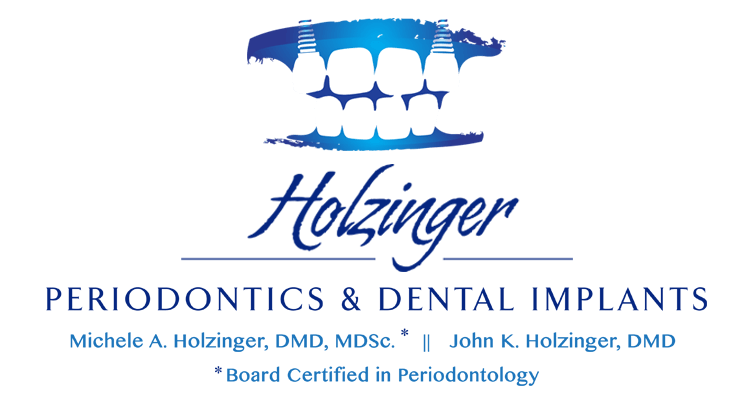Gingivitis is the earliest stage of periodontal (gum) disease. It is characterized by red, swollen, and sometimes bleeding gums. If you have any of the signs of gingivitis, prompt treatment can prevent it from progressing to periodontal disease.
How do you treat gingivitis? With the help of a periodontist, a dentist who specializes in treatment of the gums, the progression of gum disease can be stopped before it becomes more serious.
Gingivitis vs Periodontal Disease
At the earliest phase of gum disease, the gum tissue is irritated and inflamed due to the presence of plaque on the teeth. This is only gingivitis, and it is possible to reverse it. When gingivitis goes untreated, permanent damage begins to occur. The gums will recede from the teeth and the jaw bone deteriorates, resulting in pockets between the teeth and their support structures. The teeth will loosen and may eventually fall out.
Treatment for Gingivitis
Gingivitis treatment may involve any of the following:
- Professional Teeth Cleaning. In most cases, when gum disease is caught at the early stage of gingivitis, a professional teeth cleaning is all that is required. Plaque and calculus are removed from the visible portion of the teeth above the gum line. Your dentist will provide you with instructions for more effective brushing and flossing at home to prevent further progression.
- Scaling and Root Planing. If gingivitis has progressed enough to create pockets between the teeth and gums, scaling and root planing may be necessary. Scaling involves the removal of plaque and calculus from the roots of the teeth under the gums. Planing is the process of buffing the root surface until smooth to encourage the gums to reattach to the teeth. Scaling and root planing is typically only necessary if gingivitis has progressed to periodontitis, or gum disease.
Prevention of Gingivitis and Periodontitis
The best option is always prevention. It is easier to prevent gingivitis and periodontitis (gum disease) than to treat it. Once gingivitis progresses to periodontitis, it is not always curable, just manageable. The following steps can help you prevent gingivitis:
- Brush your teeth twice a day for at least 2 minutes. Mentally divide your mouth into 4 quadrants and spend 30 seconds on each section (upper right, upper left, lower right, lower left).
- Floss at least once a day, taking care to get the floss down into the pockets between the teeth and gums.
- Try using an electric toothbrush. It delivers consistent pressure across all of your teeth for a more effective clean. It also prevents irritation to your gums from brushing too hard.
- Use mouthwash to reduce the levels of bacteria in your mouth.
- Avoid constantly snacking or sipping on beverages. Give your teeth time to recover between exposures.
- Reduce your sugar intake.
- If you have diabetes, do your best to manage it effectively according to your doctor’s instructions.
Why Go to a Periodontist for Gingivitis?
Your general dentist can help you keep your teeth clean and your mouth free of gingivitis and gum disease in most cases. However, if you are prone to gingivitis and gum disease, a periodontist can provide more advanced care. By going to a periodontist at the first signs of gingivitis, you can prevent the disease from progressing and leading to permanent damage.
Holzinger Periodontics & Dental Implants provides treatment for gingivitis and gum disease according to your individual needs and current condition. We specialize in the management of periodontal disease and reversal of any resulting damage to restore your oral health.
If you have signs of gingivitis, contact us today to learn more and schedule an appointment.
Frequently Asked Questions About Gingivitis
How do I know if bleeding gums is a sign of gingivitis?
Your gums may bleed due to gingivitis, an injury, or recent dental work. If you have sustained a dental injury or had any recent dental procedures, bleeding gums may not be a sign of gingivitis. If there is no other explanation for blood in the sink after brushing, gingivitis is likely the cause.
Is gingivitis reversible?
When gum disease is in the earliest stage of gingivitis, it can still be reversed in most cases. A thorough cleaning of the teeth and commitment to better oral hygiene habits going forward can eliminate gingivitis completely.

